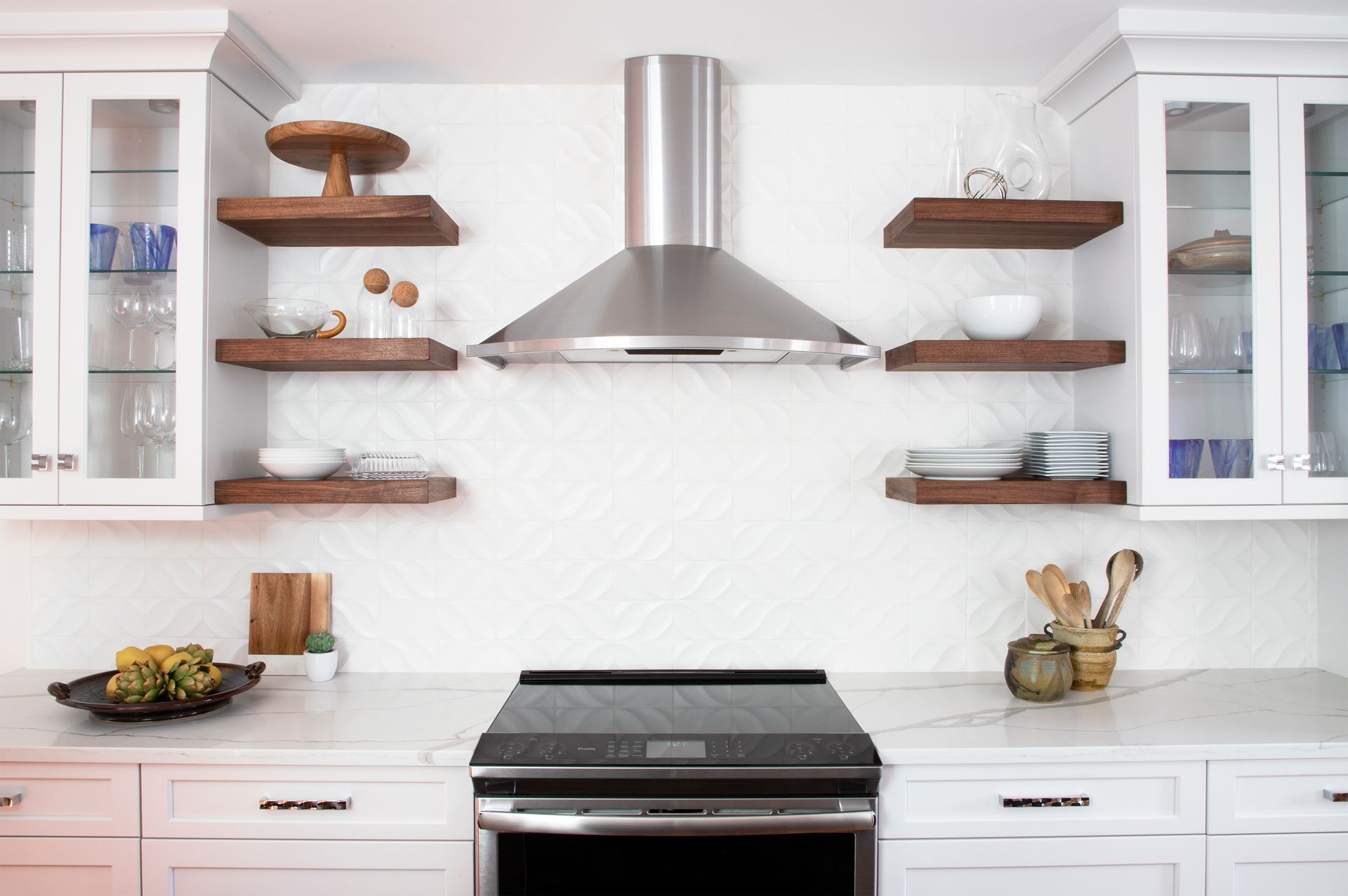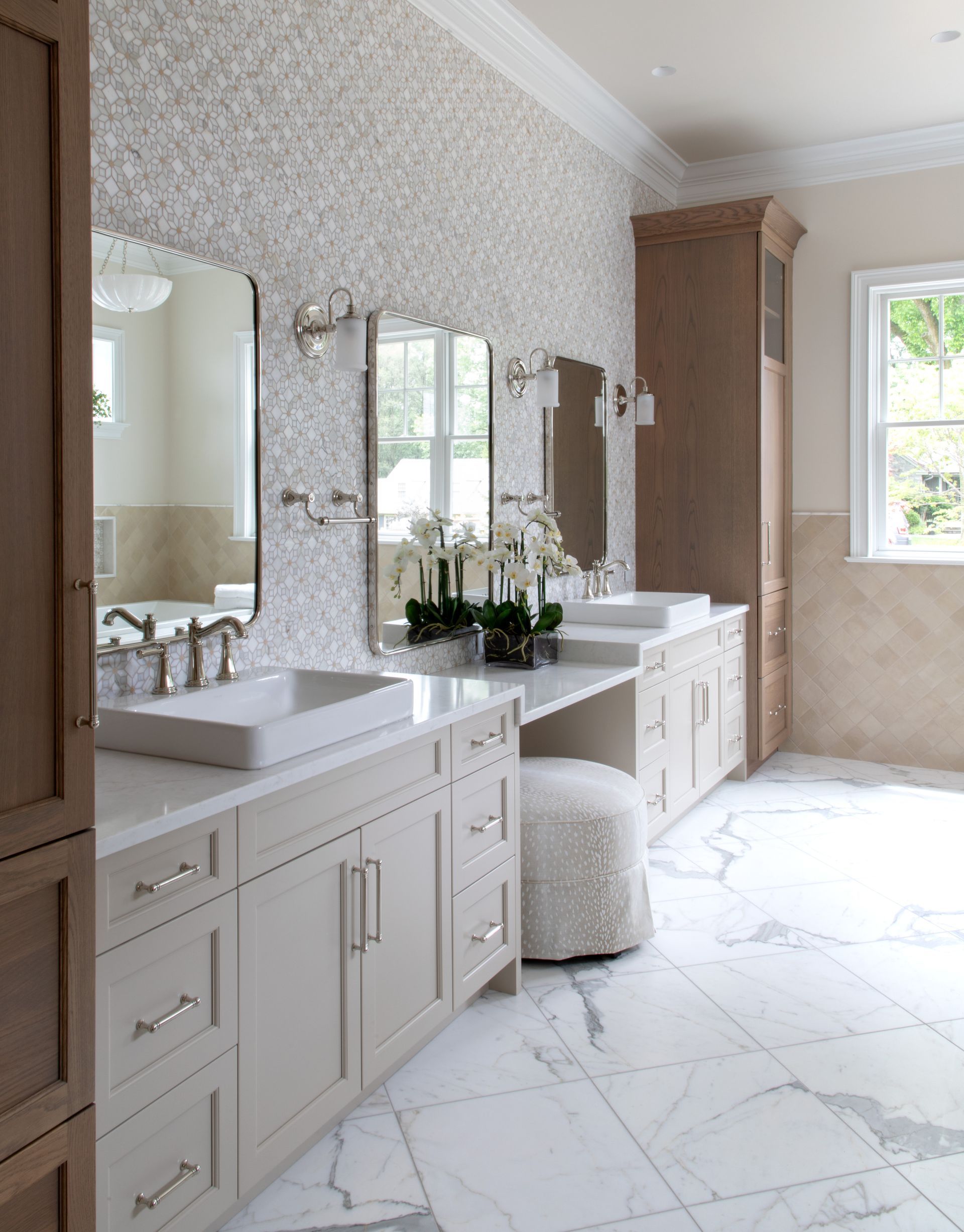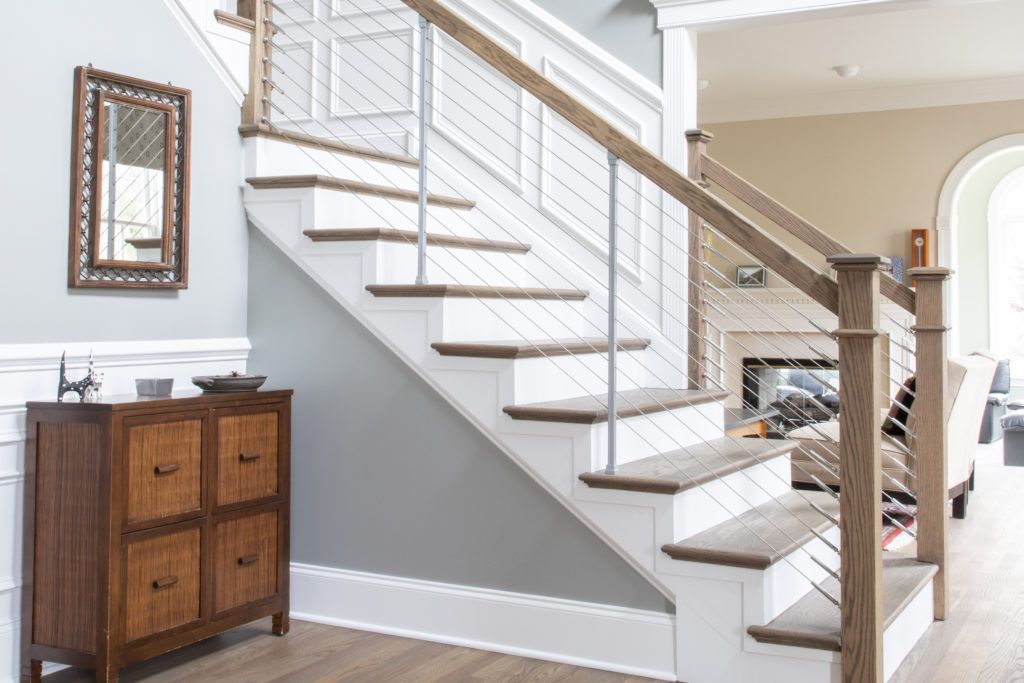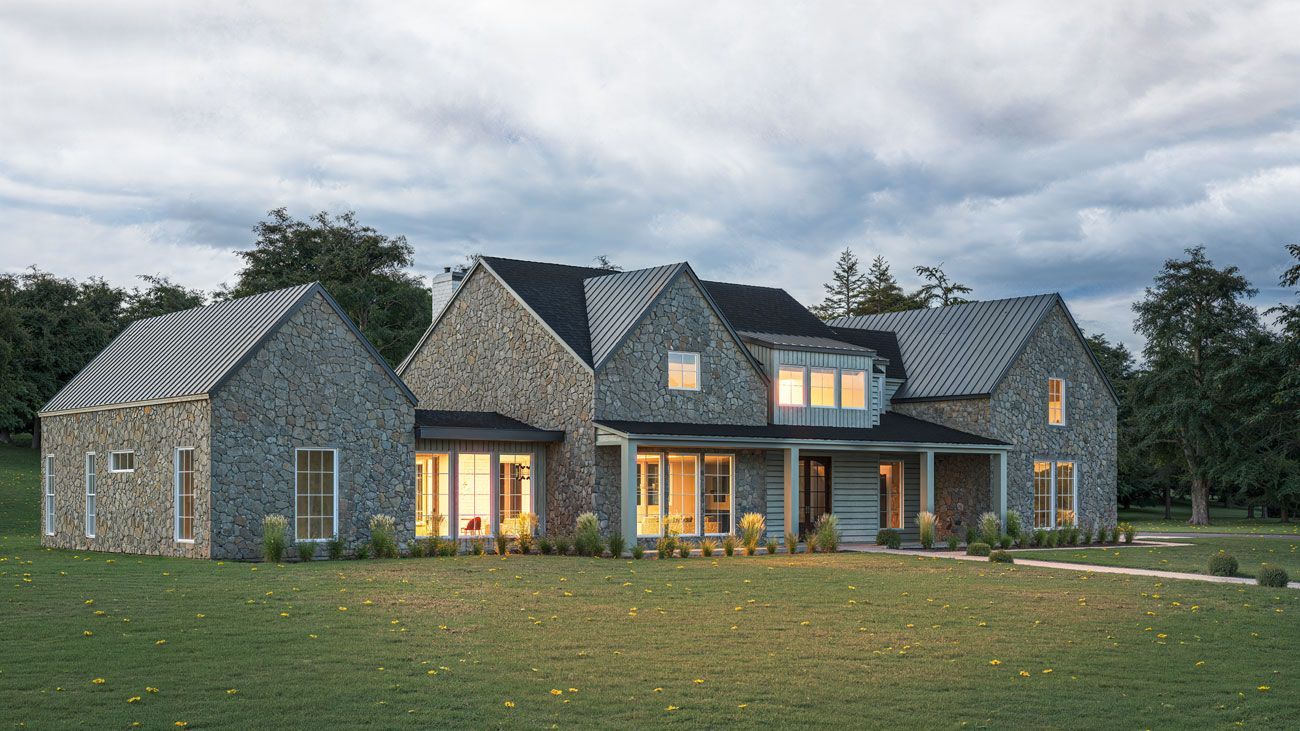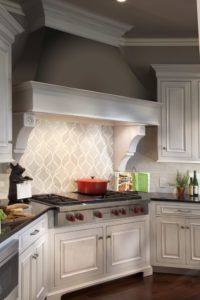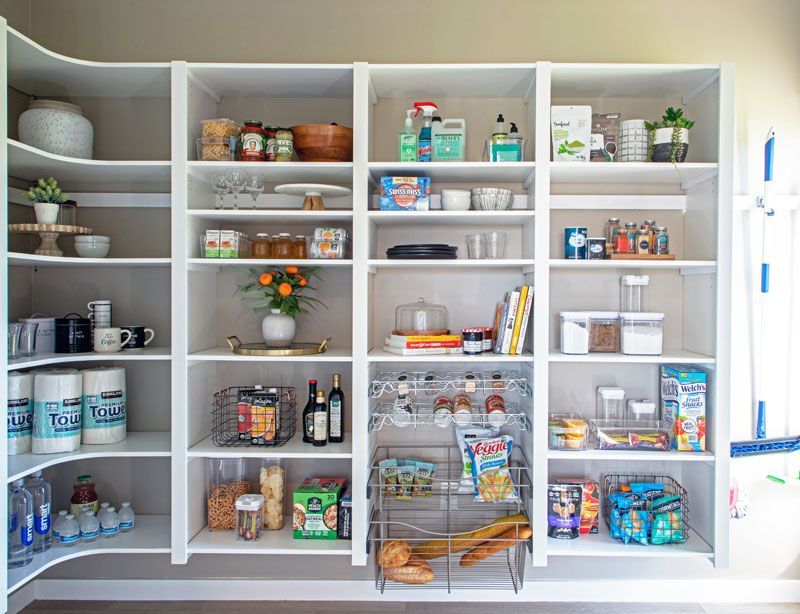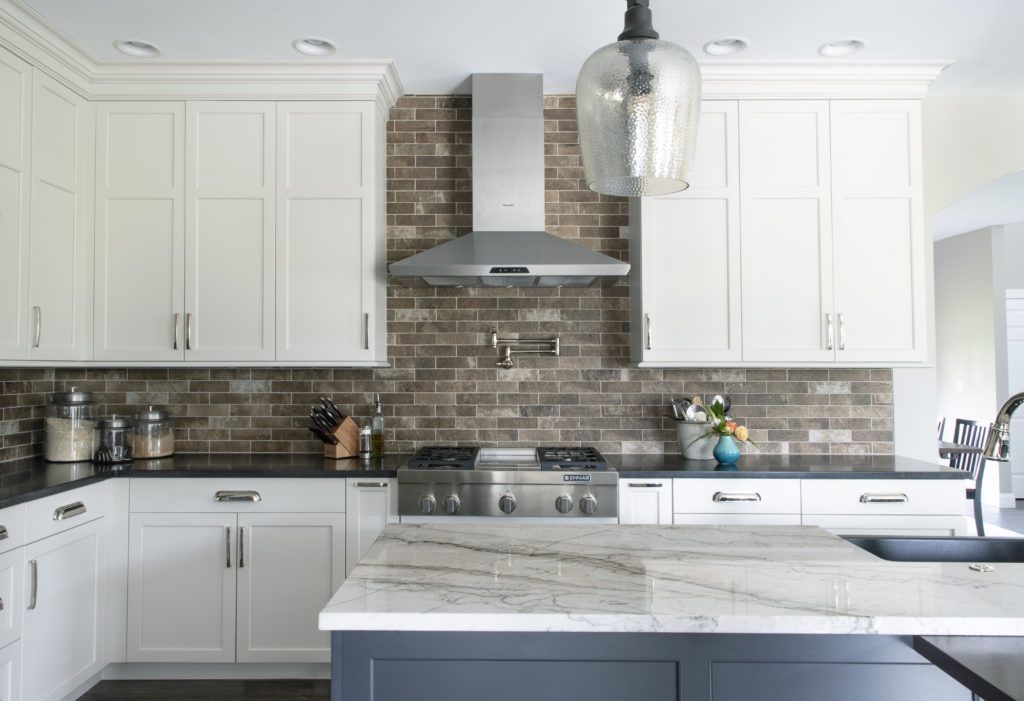The Complete Guide to Kitchen Sinks: Tips for 2025
The kitchen sink serves as the centerpiece of your culinary workspace, making it essential to choose the right one for your home renovation or kitchen upgrade project. Whether you're planning a complete kitchen remodel or simply replacing your existing sink, understanding the different types of kitchen sinks available will help you make an informed decision that enhances both functionality and aesthetic appeal.
This comprehensive kitchen sink buying guide covers everything from traditional farmhouse sinks to modern undermount options to help you select the perfect sink that matches your ideal vision for your kitchen, as well as your budget requirements.
Kitchen Sink Buying Guide: Essential Factors to Consider
When selecting the ideal kitchen sink for your home, several key factors will influence your decision. This kitchen sink buying guide outlines the most important considerations, including size and material selection, as well as installation requirements and maintenance needs.
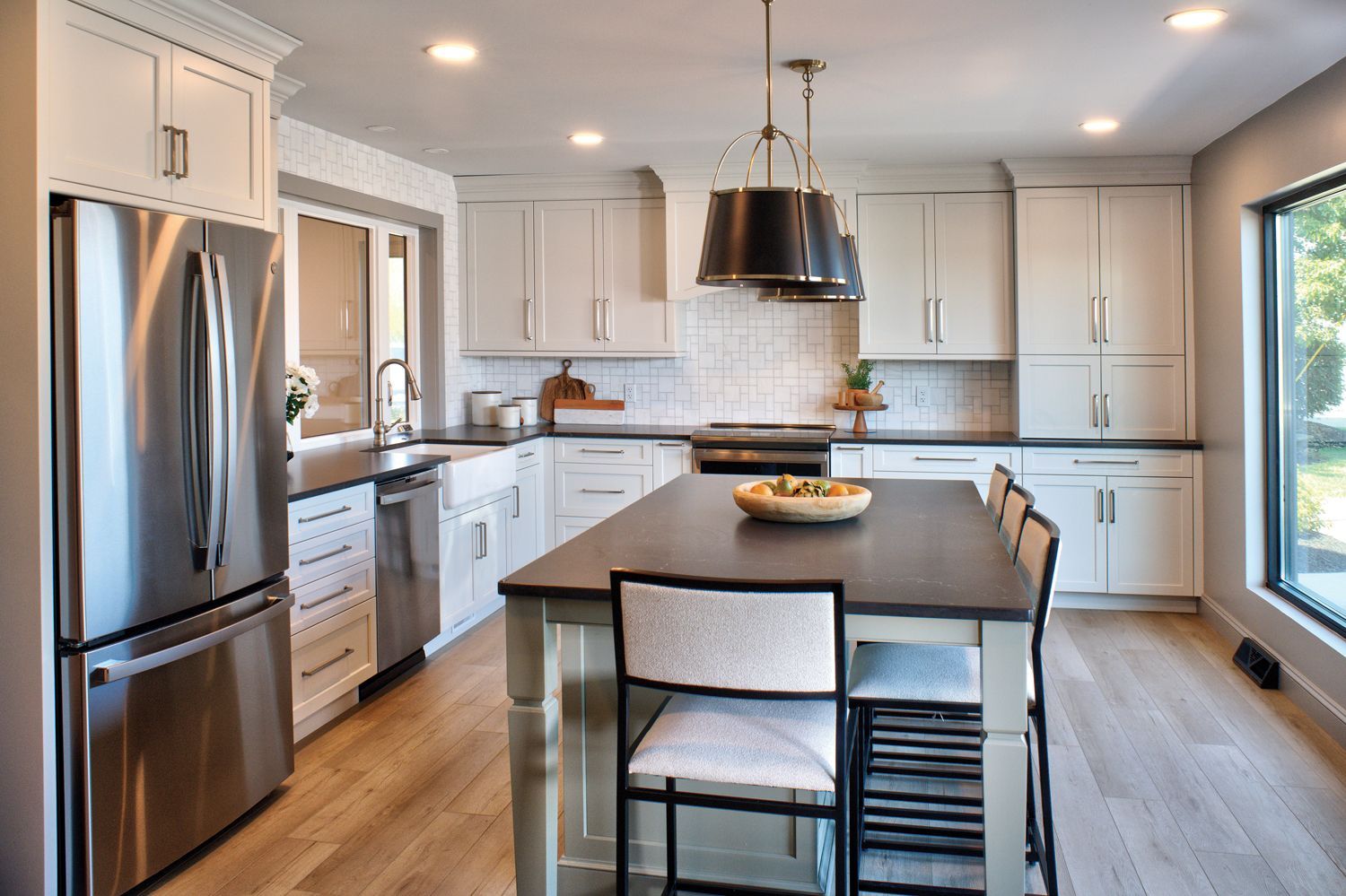
How to Choose the Right Kitchen Sink Size
Kitchen sink dimensions play a crucial role in both the functionality and workflow of the kitchen. The ideal sink size depends on your cooking habits, family size, dishwashing preferences, and available counter space.
The most popular kitchen sink sizes range from 24 to 36 inches, accommodating the majority of residential kitchen layouts.
- Small kitchens: 9-24 inches (compact sinks)
- Medium kitchens: 24-30 inches (standard residential sinks)
- Large kitchens: 30-40 inches (oversized sinks)
When selecting your sink size, also consider how many basins or bowls you need, as this directly impacts the overall dimensions.
Single Basin Kitchen Sinks
Single basin sinks vary in size but feature one large, uninterrupted bowl, offering maximum flexibility for washing large cookware. These kitchen sinks are ideal for home cooks who use large pots, pans, and baking sheets, as well as for kitchens with limited counter space and those who prefer soaking and washing dishes in one large basin.
Single bowl sinks can be customized to virtually any size, making them perfect for both compact and spacious kitchen designs.
Double Basin Kitchen Sinks
Double-basin sinks include a center divider, creating two separate washing areas, and typically require a minimum width of 30 inches. The split design allows you to fill one side for soaking while using the other for rinsing.
These dual-basin sinks are preferred by large families with heavy dishwashing needs, cooks who prefer separate areas for washing and rinsing, and households that regularly hand-wash dishes.
Triple Basin Kitchen Sinks
Triple-basin sinks feature two dividers, creating three distinct washing zones, typically with two larger basins and one smaller prep sink. These specialized sinks are ideal for gourmet kitchens with extensive food preparation needs, commercial-style home kitchens, and households that require dedicated prep space.
Triple basin configurations work best in larger kitchens where counter space isn't limited.
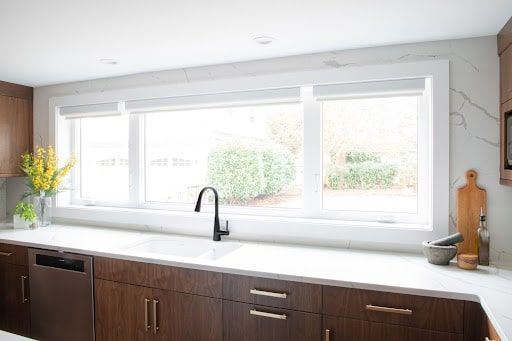
Kitchen Sink Materials: Choosing the Best Option for Your Home
The material you choose for your kitchen sink significantly impacts durability and maintenance requirements as well as overall kitchen aesthetics.
Here's a comprehensive overview of the most popular kitchen sink materials available today.
Cast Iron Kitchen Sinks
Cast iron sinks combine heavy-duty construction with timeless appeal. These durable kitchen sinks feature:
- Construction: Solid iron with porcelain enamel coating
- Durability: Exceptional longevity with proper care
- Maintenance: Easy cleaning with minimal upkeep required
- Color Options: White, black, tan, blue, green, and custom colors
Cast-iron sinks resist chipping and provide excellent heat retention, making them ideal for both traditional and contemporary kitchen designs.
Fireclay Kitchen Sinks
Fireclay sinks are crafted from dense clay fired at extremely high temperatures. Key benefits include:
- Manufacturing: High-temperature firing process with porcelain enamel fusion
- Resistance: Superior protection against rot, discoloration, and fading
- Maintenance: Smooth, non-porous surface for easy cleaning
- Colors: Available in white, black, beige, blue, and many other specialty finishes
These artisan-quality sinks offer both durability and aesthetic appeal for discerning homeowners.
Stainless Steel Kitchen Sinks
Stainless steel sinks remain the most popular choice for modern kitchens due to their versatility and performance. Features include:
- Grade: 304-grade stainless steel construction
- Gauge Options: 14-gauge, 16-gauge, and 18-gauge
- Sound Dampening: Underside coating reduces noise during use
- Maintenance: Natural stain and rust resistance
Stainless steel sinks complement both traditional and minimalist kitchen designs while offering excellent value.
Copper Kitchen Sinks
Copper sinks provide unique antimicrobial properties and a distinctive appearance. Characteristics include:
- Purity: 99.9% pure copper construction
- Antimicrobial: Natural bacteria-killing properties
- Gauge Options: 14-gauge (thickest) to 20-gauge (thinnest)
- Maintenance: Monthly waxing and specialized cleaning products required
Since they contain a living finish, it's recommended that these sinks be waxed monthly and cleaned with a formula specifically designed to prevent corrosion and discoloration in copper. However, some people choose copper sinks for their natural patina look, which means less cleaning and waxing is required.
Natural Stone Kitchen Sinks
Natural stone sinks offer unparalleled uniqueness and luxury appeal. Options and features include:
- Materials: Marble, granite, and travertine
- Uniqueness: Each sink is carved from individual stone pieces, making them one-of-a-kind
- Maintenance: Regular sealing is required every few months
- Colors: Natural stone variations and patterns
Granite Composite Kitchen Sinks
Granite composite sinks are made from a blend of granite stone and acrylic resins. Benefits include:
- Durability: Engineered for heavy daily use
- Maintenance: Low maintenance with easy cleaning
- Colors: Neutral tones, including tan, white, and gray options
These engineered sinks provide the appearance of natural stone with improved durability and easier maintenance.
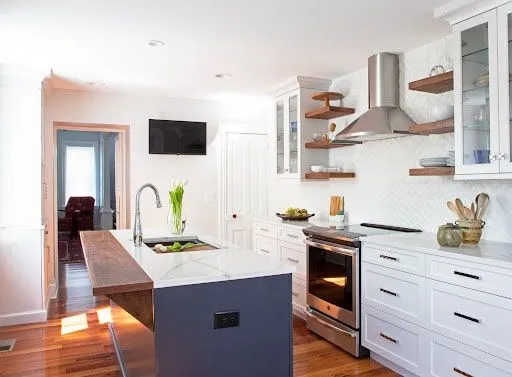
Kitchen Sink Styles: Finding the Perfect Design for Your Home
Choosing the right kitchen sink should align with your overall kitchen design. Once you've selected the material that suits your needs and fits your ideal kitchen aesthetic, you can start exploring the wide range of kitchen sink styles available. With numerous options, you're sure to find a sink that suits both your daily routine and your home's aesthetic.
Here are the most popular kitchen sink styles available today.
Farmhouse Kitchen Sinks (Apron Front Sinks)
Farmhouse sinks, also known as apron front sinks, have been popular for centuries (even before indoor plumbing existed!). They remain a top choice for both traditional and modern kitchens. Features include:
- Design: Exposed front panel that extends beyond the cabinet face
- Capacity: Large, deep basins for maximum functionality
- Installation: Can be flush-mounted or slightly protruding
- Versatility: Available in multiple materials, colors, and sizesFarmhouse sinks work exceptionally well in country-style, transitional, and even contemporary kitchen designs.

Drop-In Kitchen Sinks (Top-Mount Sinks)
Drop-in sinks offer straightforward installation and broad compatibility with existing countertops. Advantages include:
- Installation: Simple drop-in design with exposed rim
- Mounting: Pre-cut countertop hole required
- Faucet Options: Multiple mounting holes for various faucet styles
- Maintenance: Easy removal for repairs or replacement
These versatile sinks work with virtually any countertop material and kitchen style.
Undermount Kitchen Sinks
Undermount sinks provide a sleek, seamless appearance by mounting beneath the countertop. Benefits and features include:
- Installation: Secured with clips, brackets, and adhesives
- Appearance: Hidden rim creates a clean, modern look
- Cleaning: No exposed edges make it easier to clean your countertop
- Requirements: Typically require solid countertop materials like granite or quartz needed
Undermount installation requires professional expertise but delivers superior aesthetics and functionality.
Wall-Mount Kitchen Sinks
Wall-mounted sinks offer space-saving solutions and unique design opportunities. Characteristics of wall-mount kitchen sinks include:
- Installation: Direct wall mounting with structural support required
- Materials: Typically cast iron or stainless steel construction
- Style: Fits into an urban, vintage, or industrial aesthetic
- Applications: Ideal for farmhouse or industrial-themed kitchens
These sinks require additional wall reinforcement, but they provide a distinctive visual appeal.
Corner Kitchen Sinks
Corner sinks maximize counter space utilization in smaller kitchens. Features of corner sinks include:
- Design: L-shaped configuration for corner installation
- Space Efficiency: Optimal use of otherwise difficult-to-use corner areas
- Installation: Available in drop-in or undermount styles
- Materials: Primarily stainless steel, with other options available
Corner sinks work particularly well in galley kitchens and compact kitchen layouts.
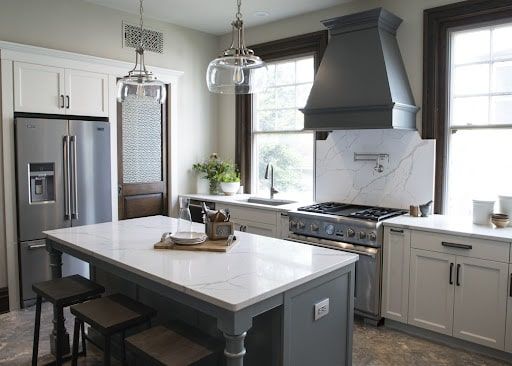
Kitchen Sink Drain Placement for Optimizing Functionality
While kitchen sink drain placement is often overlooked, it has a significant impact on the functionality of your kitchen sink and your daily cleaning routine. Understanding the three main drain configurations can help you choose the best option for your needs.
Off-Center Drain Placement
Off-center drains provide several functional advantages:
- Dish Storage: Allows proper drainage while holding dishes
- Under-Sink Space: More room for storage and filtration systems
- Maintenance Challenge: Difficult access for plumbing repairs
This configuration works well for households that frequently hand-wash dishes.
Center Drain Placement
Center drains offer maintenance and drainage benefits:
- Drainage Efficiency: Faster water drainage with shorter travel distance
- Repair Access: Easier maintenance and plumbing access
- Dishwashing: Large items may block the drain during washing
Center drains work best for households that primarily use dishwashers.
Rear Drain Placement
Rear drains accommodate specific kitchen configurations:
- Garbage Disposal: Ideal for under-sink disposal installation
- Storage: More room for pull-out shelves and waste bins
- Maintenance: Challenging for maintenance and repair access
A rear drain placement works well for kitchens with extensive under-sink storage needs.
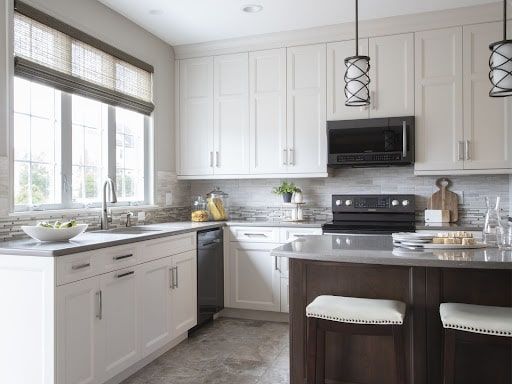
Essential Kitchen Sink Accessories
After you learn how to choose a kitchen sink that works for you and your family, you'll need to consider some other accessories that'll help the flow of your kitchen run smoothly. The right accessories enhance the functionality of your kitchen sink and protect your investment.
Below, we've listed some of the top kitchen accessories and appliances you should consider for your kitchen sink space.
Sink Grids and Basin Racks
A sink grid (sometimes called a sink protector or basin rack) is a metal rack designed to sit at the bottom of your kitchen sink. It helps prevent scratches, chips, and other damage to both the sink surface and your dishes. It also promotes better drainage and can double as a small drying rack.
Quality sink grids extend your sink's lifespan and maintain its appearance by protecting your sink surface while improving drainage.
Garbage Disposal Systems
Garbage disposals offer a simple and efficient way to manage food waste in your kitchen. Instead of tossing scraps into the trash, you can grind them up instantly, cutting down on mess and minimizing unpleasant odors. This functionality makes it more convenient to keep your kitchen clean.
Strainer Baskets and Disposal Flanges
Every kitchen sink requires the right drain accessories to function properly and prevent costly plumbing issues. If you don't plan to install a garbage disposal, a strainer basket is essential. It catches food scraps before they slip down the drain and cause blockages.
Even if you do have a disposal system, a disposal flange is still necessary. This small but critical component connects the sink to the disposal unit, providing a watertight seal and preventing large food particles from clogging the system.
Regular maintenance of these parts ensures everything runs smoothly, promotes efficient drainage, and protects your pipes and appliances from unnecessary damage.
Choosing the Right Kitchen Sink for Your Home
Selecting the perfect sink involves balancing functionality, aesthetics, and budget considerations for your kitchen. Consider these final factors:
- Cooking Habits: Match your selected sink size and configuration to your cooking needs.
- Kitchen Layout: Ensure your kitchen sink is proportionate to your kitchen layout and fits naturally into your cooking workflow.
- Maintenance Preferences: Select materials that match your cleaning routine and desired level of maintenance.
- Budget: Balance initial cost with long-term durability.
- Design Compatibility: Choose styles that complement your kitchen's aesthetic and theme.
- Professional Installation vs. DIY Kitchen Sink Installation: While some homeowners may consider DIY installation, expert professional kitchen sink installation offers proper fitting, correct plumbing connections, and warranty coverage.
Next Steps: Complete Your Kitchen Sink Project
Choosing the perfect kitchen sink can feel like a big decision (because it is!). The right sink doesn't just improve day-to-day function; it adds long-term value and style to your space. Whether you're tackling a complete renovation or simply replacing an old sink, narrowing down your options can be challenging with so many styles, sizes, and materials available.
If you're feeling unsure, don't go it alone. A home remodeling design expert can help you weigh the pros and cons and guide you toward a kitchen sink that complements your lifestyle and kitchen layout.
Ready to get started? Connect with our design team today and take the first step toward a kitchen sink upgrade that truly works for you.

